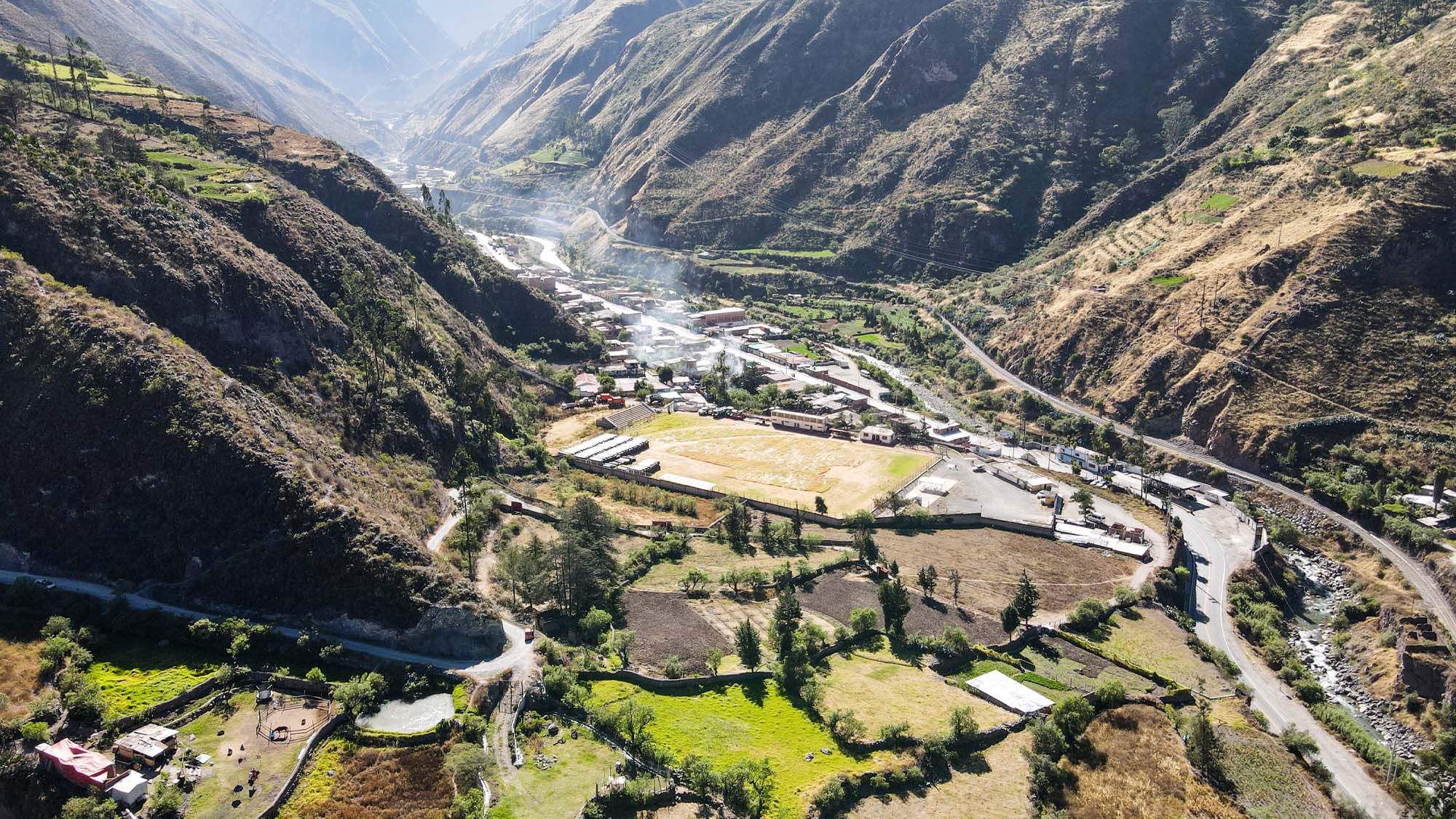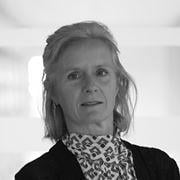This year’s International Labour Organisation’s World Safety Day explored the impact of climate change on occupational safety.
Three Arup experts, Juliet Mian (Climate Change and Resilience), James Pomeroy (Health, Safety and Wellbeing) and Gill Kernick (Complex Change) reflected on the intersection between safety, risk, and climate change, identifying four pressing issues.
1. The impacts of climate change are manifesting as health and safety events
At present, at both governmental and organisational levels the governance, decision making and delivery mechanisms for health and safety tend to be separate from those considering climate change and resilience.
We are all facing the same uncertain future, there is enormous opportunity in breaking down some of the boundaries between these increasingly interconnected and interdependent professions. We cannot continue to operate as siloed functions with separate KPI’s and operating practices.
-
x3 expected increase in number of cities exposed to heat above 35°C by 2050
-
61,000 estimated number of deaths in Europe associated with extreme heat in 2022
-
30% increase in tree cover in European cities could have prevented over 2,500 excess deaths
Our recent work developing an ‘Urban Heat Snapshot’ revealed how the urban heat island (UHI) effect is pushing up temperatures in cities like London, Madrid, Mumbai and Los Angeles. Collaboration for transformational change is essential. We must explore new ways of thinking about risk and resilience to minimize the impacts on communities.
“Climate change is already playing out in very localised ways, impacting on the health, safety, and well-being of communities. ”
Juliet Mian Climate Change and Resilience
2. The changing nature of risk
The nature of risk is changing, and the levels of risk uncertainty and interconnectivity between risks is increasing, leaving our traditional risk management approaches flawed.
The actual risks we are facing are changing. From hotter temperatures and more uncertain and extreme weather patterns, through to the use of new materials, fuels, and sustainable methods of construction.
These risks are complex, interconnected, and emergent leading to high levels of uncertainty about their manifestation and impact. Risk matrices and other traditional methodologies that consider hazards in isolation from one another are not suited to understanding these complex interconnected risks and scenarios.
“We need new ways of thinking and tools to understand the interconnected and systemic ways of considering and mitigating risks. ” Gill Kernick Complex Change
Much can be learned from climate resilience and adaptation practitioners in how to do this.
3. Risk Inequity: the new frontier for inclusion
Climate impacts are felt disproportionately in socio-economically marginalised communities.
According to the Intergovernmental Panel on Climate Change (IPCC) the impacts of climate change will ‘Disproportionately affect marginalised groups, amplifying inequalities and undermining sustainable development across all regions.’ These communities, while personally resilient, lack the resources and infrastructure to withstand climate-induced adversities.
Leaning into, exploring, and understanding the impact of climate change on increased risk inequity is critical to creating and implementing meaningful strategies and solutions to shaping a better, more equitable world.
4. Transforming the role of Health and Safety professionals
The increasing complexity, uncertainty and interconnected nature of risk demands a move to more dynamic practices that prioritise agility, capacity, and flexibility. This will demand a shift away from traditional linear, cause and effect ways of thinking towards such as those embodied in PDCA, and embracing uncertainty, complexity, and adaptation.
This will create a skills gap in the profession and will require embracing multi-disciplinary learning and approaches.
Additionally, the profession needs to consider itself as an active contributor to climate change. Recognising the tensions and opportunities between immediate health and safety concerns and long-term climate objectives. For example, a low carbon world may require us to re-examine using materials and fuels that involve new tensions between safety and sustainability, as explored in our report - Reduce, restore, remove. And there are opportunities to embrace new approaches to mitigating the impacts of climate change such as the effects of green spaces have cooling effects. Read more about how we can move towards a safe and healthy future of work in this IOSH report.
“Addressing the complexities of today’s global challenges, like the impacts of climate change, will demand a transformation in the role of health and safety professionals ” James Pomeroy Health, Safety and Wellbeing
From risk to resilience: a new approach
The above insights reflect the need to adopt a new approach to considering the safety and health impacts of climate change. A move from viewing and managing hazards and risks in isolation to building resilience.
The essence of resilience is quite simple. Instead of failing catastrophically when disrupted, resilience is the ability of a system to survive an immediate shock, adapt to ongoing consequences and thrive in a changed long-term landscape.
We need to build responsive processes and organisational structures that will deliver this.

At Arup our approach is rooted in learning, unlearning, and relearning, as we adapt to the ever-changing landscape of climate risks that will impact every area of our work.
“The illiterate of the 21st century will not be those who cannot read and write, but those who cannot learn, unlearn, and relearn. ” Tom Kenyon, The RSA The RSA Journal
We are dedicated to navigating the intricate balance between health, safety, and climate considerations. No single entity can tackle these challenges alone and we invite collaboration and dialogue with all stakeholders grappling with these issues.
Together, we can forge a path towards a safer, more equitable, and more resilient world for everyone.
If you are confronting these challenges and want to explore these themes get in touch. Let’s collaborate to create to create a safe sustainable future.
 ;
;


